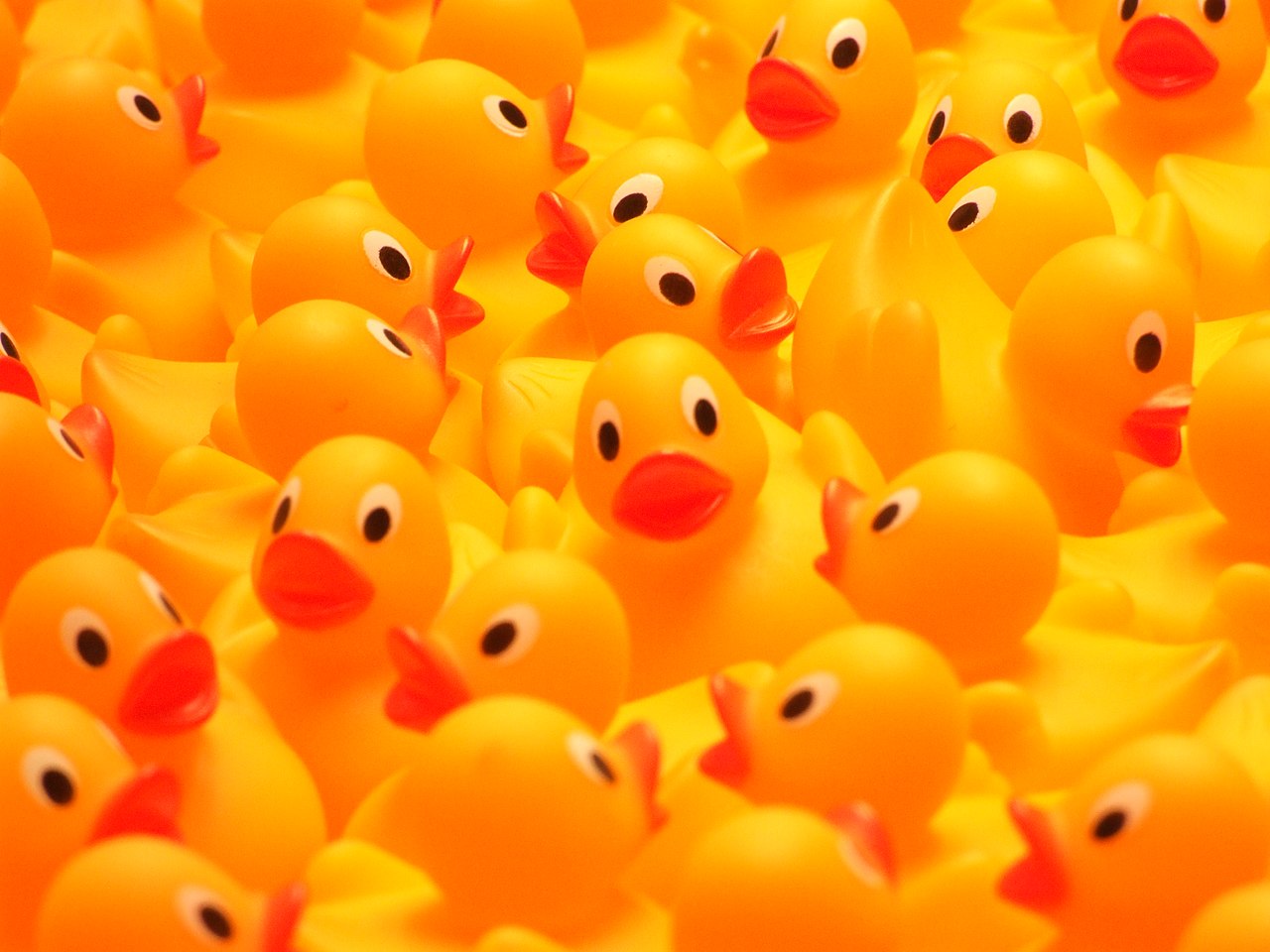
Quacktastic Voyage: A Rubber Ducky Tale of Quirky Buoyancy
In the vast and whimsical world of bath time companions, one resilient hero has stood the test of time, defying all odds with its buoyant charm and infectious smile. Yes, dear reader, we are about to embark on a quacktastic journey through the captivating history of rubber ducks. So, grab your bubble bath, put on your imaginary sailor hat, and get ready for a ducktastic adventure!
The Origin Story:
Our tale begins in the early 19th century, amidst the innovative waves of the Industrial Revolution. The rubber duck’s humble origins can be traced back to the ingenious mind of Charles Goodyear, a man on a mission to create the perfect rubber product. Legend has it that he was inspired by a rubber toy, shaped like a duck, that his nephew carried around.
In 1839, Goodyear accidentally stumbled upon the process of vulcanization, a groundbreaking method that transformed sticky, unstable rubber into a more durable and flexible material. This newfound discovery opened the floodgates of possibilities for rubber products, including the iconic rubber duck we know and love today.
The Rubber Duck Takes Flight:
However, it wasn’t until the late 19th century that rubber ducks began to make waves in popular culture. The birth of the rubber duck as a beloved bath time companion can be credited to the creative genius of a Russian-born sculptor named Peter Ganine. In the 1940s, Ganine sculpted the first mass-produced rubber duck, aptly named the “Celebriduck,” which featured an iconic sailor design.
Ganine’s creation soon caught the attention of a well-known rubber toy manufacturer, the Sun Rubber Company. They embraced the duck’s quirky charm and produced countless rubber duckies, which became an instant hit with children and adults alike. These rubber ducks quickly quacked their way into the hearts and bathtubs of households across the globe.
A Quack Revolution:
As the years rolled by, rubber ducks continued to evolve and quack their way into various aspects of popular culture. In 1970, the classic children’s television show “Sesame Street” introduced the world to the famous character Ernie and his trusty sidekick, the rubber duckie. This iconic duo solidified the rubber duck’s status as a cultural icon, ensuring its place in the annals of entertainment history.
The rubber duck’s fame didn’t stop there. In 2001, a peculiar incident involving a shipment of rubber ducks took place in the vast Pacific Ocean. Thousands of rubber ducks accidentally fell overboard from a cargo ship, embarking on an unexpected and rather amusing journey across the seas. These resilient quackers, known as the “Friendly Floatees,” eventually washed up on shores around the world, delighting beachgoers and adding a touch of whimsy to their seaside adventures.
A Fowl Collector’s Dream:
Rubber ducks also found a special place in the hearts of collectors. The world of rubber duck collecting, known as “rubber duckery,” has gained a dedicated following over the years. Enthusiasts hunt down rare and unique rubber duck designs, ranging from elaborate themed ducks to artistically crafted limited editions. Some collectors have amassed vast rubber duck flocks, taking pride in their wacky and eclectic collections.
Rubber Duck Heroes:
Beyond their status as mere bath time companions, rubber ducks have proven themselves as heroic saviors in times of need. In 1992, a shipping container carrying nearly 29,000 rubber ducks was lost at sea, inadvertently contributing to our understanding of ocean currents. These floating heroes served as accidental scientific instruments, providing valuable insights into oceanography as the ducks embarked on unexpected voyages, helping scientists map
